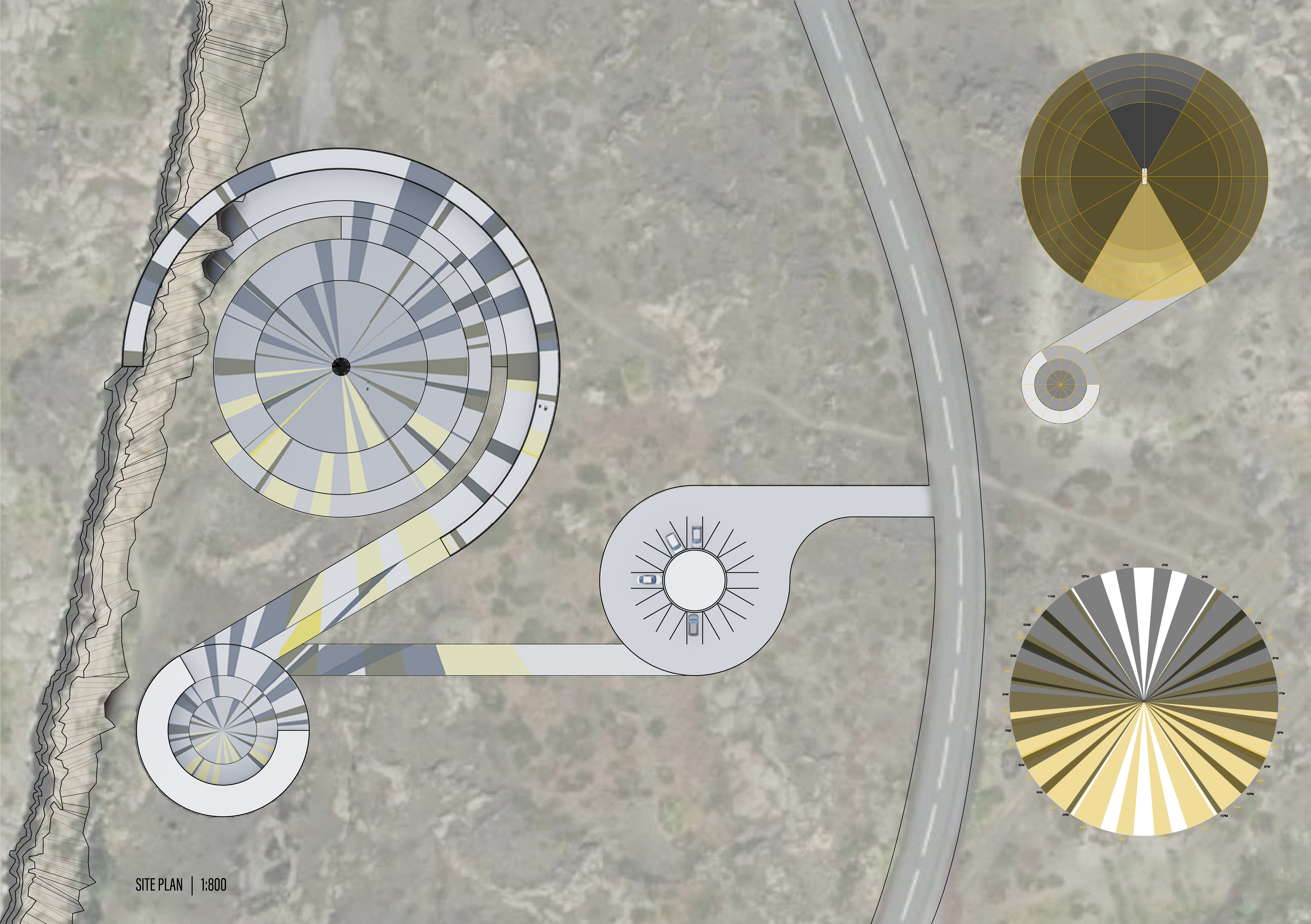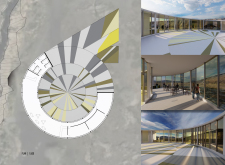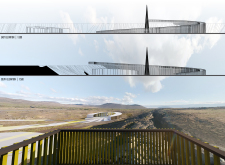5 key facts about this project
The project represents a commitment to creating spaces that are not only functional but also resonate with their geographical and cultural context. By analyzing this project, we can gain insights into contemporary architectural ideas that prioritize user experience and environmental stewardship. One key aspect of the design is its multifunctional nature, providing areas for community interaction, individual privacy, and dynamic activities. This versatility encourages social engagement while meeting diverse requirements within a cohesive structure.
The design demonstrates a keen attention to accessibility and inclusivity, making thoughtful provisions for all users. It employs a range of architectural elements that facilitate circulation, ensure ease of movement, and foster a welcoming atmosphere. The careful arrangement of spaces promotes a seamless flow between indoor and outdoor environments, extending the functional realm of the project. The connection to nature is emphasized through the integration of large, strategically placed windows that invite natural light and views, enhancing the user experience throughout different times of the day and seasons of the year.
Materials play a crucial role in establishing the character of this architectural project. The thoughtful selection of materials, such as sustainably sourced wood, locally produced brick, and energy-efficient glazing, reflects a commitment to responsible practices. Each material not only serves its practical purpose but also adds to the overall sensory experience of the space. The textures and colors of the materials provide warmth and a sense of place, reinforcing the connection between the architecture and its environment.
One unique design approach evident in this project is the emphasis on passive design strategies that reduce energy consumption. The incorporation of elements such as overhangs, thermal mass, and natural ventilation demonstrates a forward-thinking perspective on sustainability. These features not only lower the building's ecological footprint but also enhance comfort for occupants, proving that thoughtful design can harmoniously address both environmental and user needs.
The building’s overall form is a reflection of its context, as its architectural language resonates with surrounding structures while maintaining a distinctive identity. The combination of varied rooflines and facade treatments adds visual interest and scale, breaking down the mass and creating a pleasant skyline presence. This sensitivity towards the overarching urban fabric is an essential characteristic of contemporary architecture, where dialogue with the environment and neighboring buildings becomes vital.
Furthermore, the project showcases innovative design solutions that challenge conventional perceptions of space. By exploring concepts of modularity or adaptable spaces, it demonstrates a flexibility to evolve with changing user needs over time. This approach highlights not just the immediate functionality of the spaces but their potential to serve future generations, reinforcing the idea that architecture is a living entity that adapts to the rhythms of life.
In conclusion, this architectural project represents a well-executed intersection of aesthetics, sustainability, and community engagement. It challenges the notion of static buildings by creating a dynamic space that can evolve with its users. A thorough exploration of architectural plans, sections, and detailed designs can offer a richer understanding of the thought processes and ideas that underpin this impactful project. For those interested in delving deeper into the nuances of this architectural endeavor, a closer look at these elements will reveal the intricacies and considerations that define its design.


























